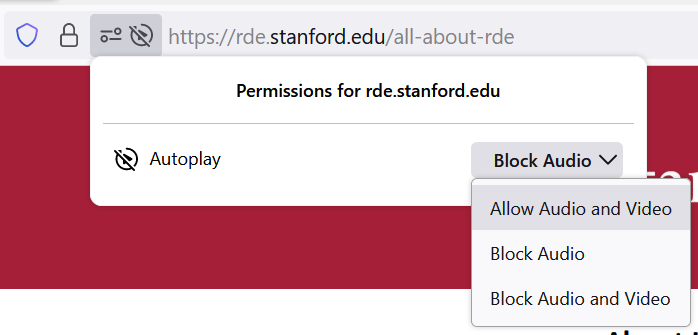
Frosh and Transfer Students
Because undergraduate life is based in university residences, Stanford encourages new frosh and first-year transfer students to live on campus where they can more easily become part of the community.
First-year students who accept their offer of admission receive information and preference forms for housing, academics and student services through Approaching Stanford. Approaching Stanford is updated each May. Preference forms for housing, meal plan, required classes and advising are due in June.
Students who require special housing accommodations due to a documented disability or medical issue must register with and submit documentation to the Office of Accessible Education (OAE) as soon as possible, so that their medical needs can be taken into consideration when the frosh and transfer assignments are being made. If a student submits the request after assignments are made, the accommodation can only be made if there is an appropriate space available.
Non-traditional frosh and transfer students who need to be located in graduate housing (students 25 or over, students requiring couples' housing or students with children) need to apply for housing by turning in a paper/PDF application to the Housing Assignments office in addition to filling out the Approaching Stanford forms. Non-traditional frosh will be given a neighborhood assignment and provided an affiliation with a frosh house.
Frosh and transfer housing assignments are made in random order – not on a first-come, first-served basis – after the deadline for returning forms has passed.
Living on Campus
Stanford University has been a residential teaching and research university since the beginning, and its residence system is among the largest and most diverse in the nation.
Stanford’s vibrant neighborhood communities give students the opportunity to extend learning beyond the classroom, make lifelong friends, and develop a deeper understanding of the world beyond the university.
All frosh are guaranteed twelve complete or partial quarters of academic year campus housing, and transfer students are guaranteed nine complete or partial quarters of academic year campus housing.
Stanford’s Residential Education Program
The Residential Education (Res Ed) program is based on Stanford’s belief that formal teaching, informal learning and personal support in residences are fundamental components of a Stanford education – essential for preparing students for a life of leadership, intellectual engagement, citizenship, and service.
Res Ed programs complement the academic curriculum with activities and experiences that build strong, pluralistic communities. They give students opportunities to learn from each other, from faculty and staff members, and from visiting diplomats, artists, and scholars.
Residential Education begins with the Resident Fellows, faculty or senior staff members who live in residence halls with their families and help provide a warm and intellectually stimulating environment.
Residence staff also includes Stanford sophomores, juniors and seniors who offer personal and academic counseling.
Much of the education in the residences is informal and occurs as naturally as conversations at home over the dinner table or in front of the TV. The difference in living at Stanford is that students with widely-ranging interests, backgrounds, talents, and perspectives are living together, making varied activities and conversations possible.
Residential education in all its forms is one of the reasons that, despite the university’s size and breadth of resources, Stanford remains an intimate community.
Frosh and Transfer Residences
Undergraduate residences vary greatly in program, size (from 27 to 274 students), age, style of architecture and layout of rooms and common areas. All, however, are located around the campus within a ten-minute walking distance of classrooms.
Frosh
All frosh live in mixed-gender residence halls or houses. These residences house all frosh except for the University Theme Houses, which are four-class. Some residences have single-gender floors in addition to mixed-gender floors.
Transfer Students
To facilitate a sense of community, Stanford assigns all (traditional age) transfer students to the same residence hall.
Transfer students are assigned to an upper-class house (housing sophomores, juniors and seniors) with coed floors unless they are non-traditional students (students 25 or over, students requiring couples housing or students with children) in which case they are assigned to Graduate Housing.
